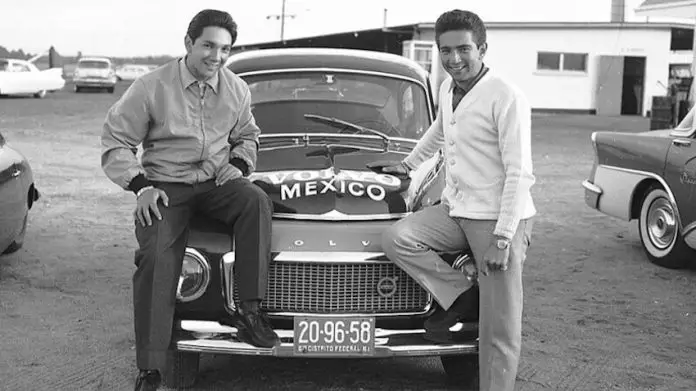Every October, the world of Formula One comes to the Hermanos Rodríguez track in Iztacalco for the Mexico City Grand Prix. The race is among the most colorful on the calendar, and the award-winning event is a highlight of the annual calendar.
But who were the “Hermanos Rodríguez” and why is the track named for them? Like many tales of mid-20th century motor racing, the story is as tragic as it is glorious – a tale of two brothers, taken long before their time.

Ricardo: The prodigy
Ricardo Valentín Rodríguez de la Vega was just 16 when he first raced sportscars for Ferrari in 1957. Having conquered the local motorcycle (and before that, bicycle) racing scene, the young Mexican took on North America’s best sportscar racers – and won.
Ricardo was so young when he first found success that in 1958 he was unable to enter the 1958 24 Hours of Le Mans showpiece because, at just 16 years old, organizers felt he would be unable to handle the intense demands of the endurance race – and the horror of what had occurred in the enormous accident in 1955, in which 83 people were killed was fresh in the minds of many. Never one to be deterred, Ricardo returned two years later and aged just 18, came second in sportscar racing’s most prestigious race.
Success on one of the biggest stages in world motorsport did not go unnoticed, and in 1961, Ricardo became the youngest Formula One driver ever, aged 19, a record that would not be beaten until 2016. He celebrated by qualifying his Ferrari second on his debut.
Racing just once in 1961 – the sport was still in its infancy, and drivers would often race only a handful of events per season – Ricardo returned in 1962, and scored points in Belgium and Germany – no mean feat in an era where just 10 or so cars would finish a race.
The 1962 Mexican Grand Prix: Tragedy Strikes
Desperate to race in his native Mexico to inaugurate the first-ever Mexican Grand Prix – a non-championship event at the new Magdalena Mixhuica track – and so race in which his title-chasing Ferrari team would not compete, Ricardo managed to find a ride in a Rob Walker Lotus-Climax – an incredibly fast but notoriously dangerous experimental car. Ricardo qualified 8th, behind a host of names that would later become legends of the sport.
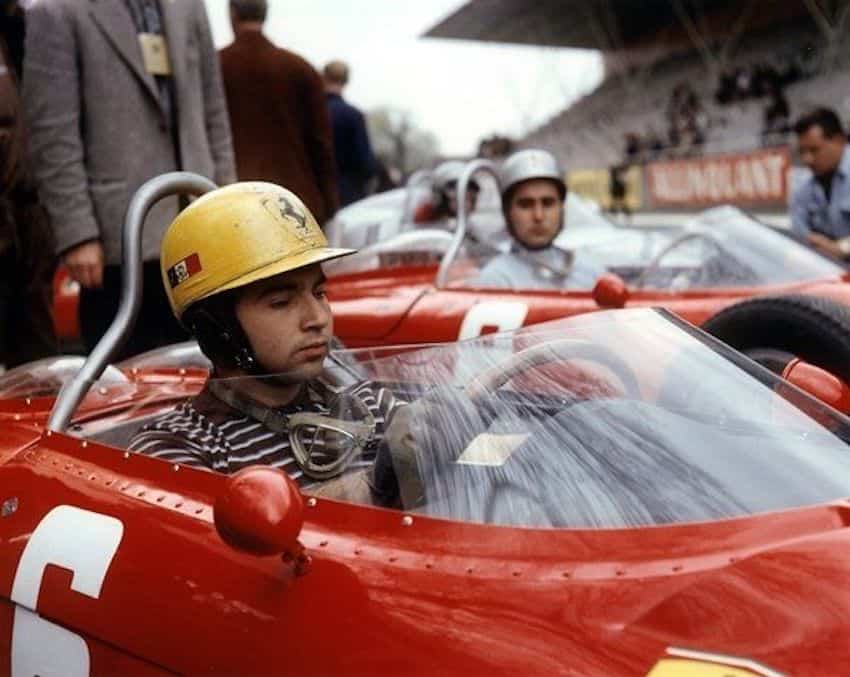
Tragically, in the warm-up for the race, Ricardo made a mistake at the fearsome Peraltada hairpin, and died from his injuries before he could leave the circuit. Milenio published photos of a lifeless Rodríguez lying in the middle of the track, on the front page, to significant backlash from Mexican society.
The track was almost instantaneously renamed the Autodromo Ricardo Rodríguez in his honor.
Aged just 20, Ricardo – married just weeks before the Mexican Grand Prix, and expecting his first child – had the unfortunate honor of becoming the youngest F1 fatality. His death left many wondering what might have been, as he would surely have won World Championship titles had he survived.
Pedro: The Master
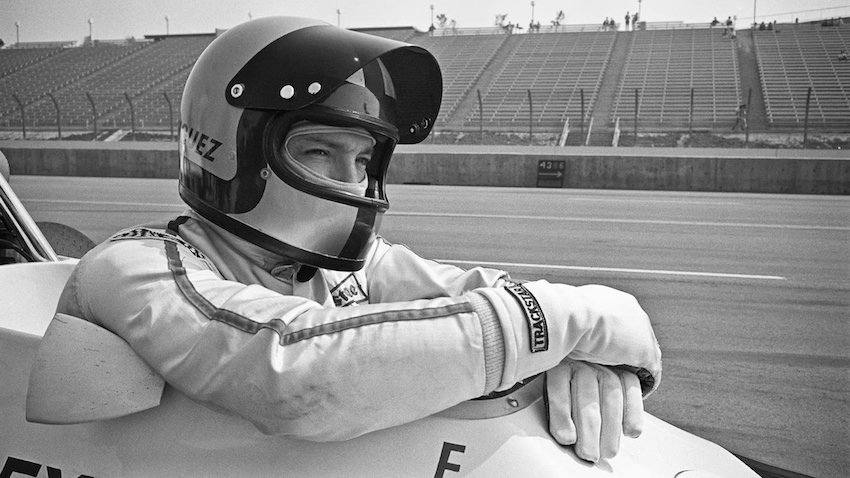
While younger brother Ricardo stole the limelight, a brief, brilliant flame that propelled Mexico to the center of the Formula One stage, older brother Pedro was considered a somewhat less talented – if still reliable – driver.
As it turned out, this was an incorrect appraisal. Pedro became the first Mexican to win in Formula One (and the only Mexican apart from Checo Pérez). Pedro used to take a Mexican flag and a vinyl copy of the national anthem to races, but after his first win they had no flag, and accidentally played the “Jarabe Tapatío” (Mexican Hat Dance), instead of the national anthem. He rapidly became and rapidly became a national hero and a legend among the sportscar racing community, winning at Le Mans in 1968 and scoring major titles at almost every major sportscar event.
The 1970 Mexican Grand Prix: The passion, the chaos and the hero
In many ways, what happened at the 1970 Mexican Grand Prix is worthy of its own story. A good crowd was anticipated by event organizers, given the location of the track in the center of a large city, but nobody could predict what happened next. An estimated 200,000 fans descended upon the track, fighting police and soldiers to get close to the action and see their hero up close.
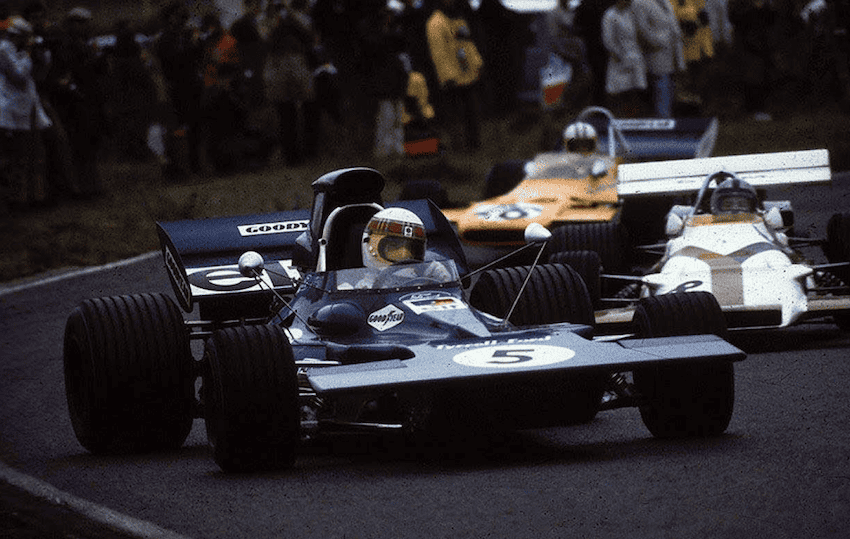
Spectators lined the track, climbing – literally climbing over barriers and standing on kerbs to get a better view. Pedro, accompanied by reigning World Champion Sir Jackie Stewart, implored the thronging masses to return to the seating areas behind the Armco barriers, but they refused to move. Fearing a riot if the event were canceled, the race was reluctantly started. Fortunately, the only casualty that day was a stray dog who wandered into the path of Stewart’s Tyrrell car.
Pedro finished in the points and the crowd returned home happy – although the events of that day eventually led to a 16-year cancellation of the race.
The following year saw more success in Formula One – points in Spain and second place in the Dutch Grand Prix – as Pedro and team-mate Jackie Oliver drove the legendary Porsche 917K to utter domination in the World Sportscar Championship. Pedro had won 4 of 9 races that season, coming second in another, and had helped his team to the Championship in 1970, as he prepared to race in the Norisring 200 – an endurance race on the streets of Nuremberg, Germany.
Disaster struck on lap 12 when Pedro pitched into the barriers after a collision. The ensuing explosion killed him almost instantly, and the wreck burned so intensely that several firemen were hospitalized during the rescue attempt.
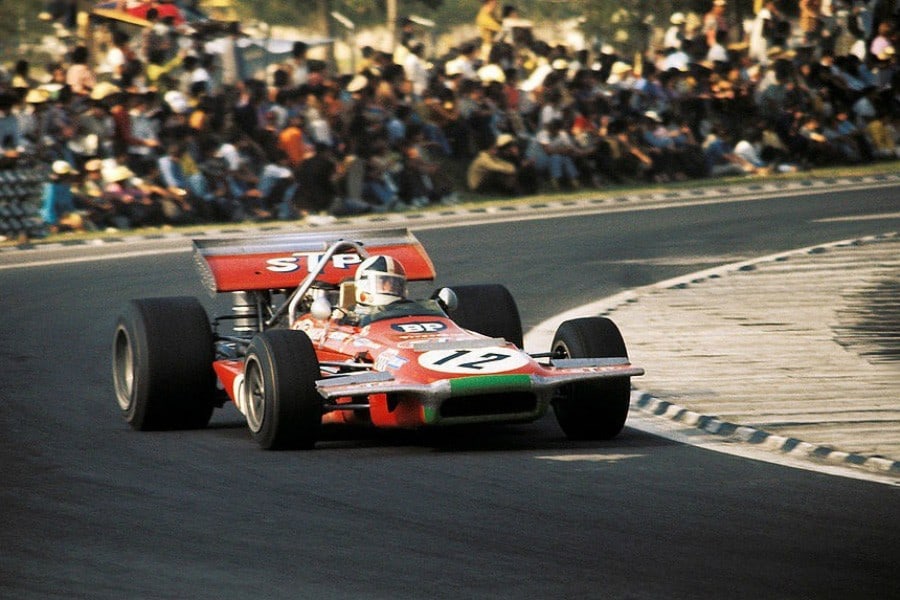
He was the third Mexican F1 driver to be killed in the space of 9 years (after his brother, and Moisés Solana in 1969). Aside from the ignominious career of Hector Rebaque and his short-lived Mexican racing team, there would not be another Mexican in Formula One until the arrival of Checo in 2011.
Whether or not he would one day have been crowned as Formula One Drivers World Champion is unknown, but many still regard Ricardo as the greatest Mexican ever to drive in Formula One, and his incredible sportscar record elevates him to the upper echelons of the sport.
Back in Itzacalco, the Ricardo Rodríguez race track was once again renamed – commemorating the fallen brothers and becoming the Autodromo Hermanos Rodríguez that we know today.
Impact on Mexican motorsport

The heroic and tragic tale of the Rodríguez brothers lives on in the annals of racing history – even if they do not get the recognition they deserve outside of Mexico. When he took his third win, at the 2022 Monaco Grand Prix, Checo wore a Pedro Rodríguez tribute helmet, and paid homage to his hero on the radio.
We will never know what might have been for two of the most exciting talents in motorsport, but when the Formula One circus comes to Mexico City again this year – spare a thought for the two young chilangos who made it all possible.
By Mexico News Daily writer Chris Havler-Barrett
